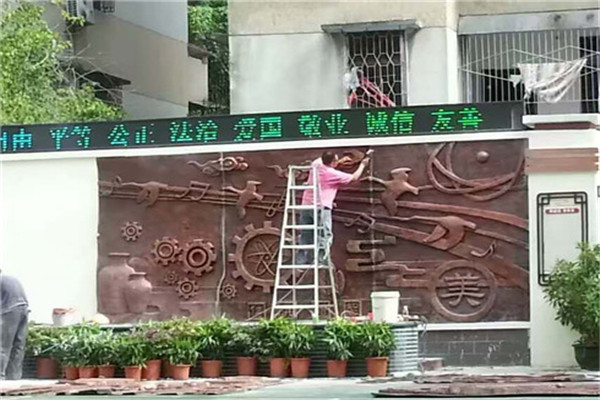
Button carving refers to the carving of the buttons on the upper part of the seal. It belongs to the category of round carving and has a rich three-dimensional sense. However, compared with round carving, it has three significant characteristics. First, the image is small, limited to the size of the seal, which is generally less than 10 cubic centimeters; The second is to show only the upper part of the object, rather than the round sculpture, which needs all-round performance; In addition, the performance content of button carving is mostly animals, especially animals in ancient legends, such as chi, lion, dragon, tiger, exorcism, taotie, etc. Therefore, button carving is also called "animal button". The history of button carving is linked with seals. Only seals can make buttons. According to relevant historical research, the earliest seal started in the Zhou Dynasty, more than 3000 years ago. The original seal is a symbol of power and status, and is a special item for princes, generals and ministers, and Dada dignitaries. The original seal button was also very simple and simple, just drilling a small hole on the top of the seal to wear strong ties for carrying, so the seal button is also called "seal nose". With the continuous development of history, a strict hierarchy has emerged in the materials and buttons of seals according to the different positions and official titles of users. For example, the official seal of the Qin Dynasty, in addition to using gold, silver, copper and other materials to distinguish the level of the official seal, also distinguishes the decoration of the button. In the Han Dynasty, the emperor used tiger buttons with jade seals, the crown prince, the lieutenants, the prime minister, the lieutenant, the sangong, and the left and right generals used gold seal tortoise buttons, and the officials of the two thousand stone Dai Lu used bronze seal elephant buttons Since then, the buttons used by all dynasties, from the monarch down to the officials of various products, were mostly chi, lion, dragon, phoenix, tiger, exorcism, taotie, unicorn, camel, bird, claw, bear, bat and other animals in the zodiac, depending on their positions.
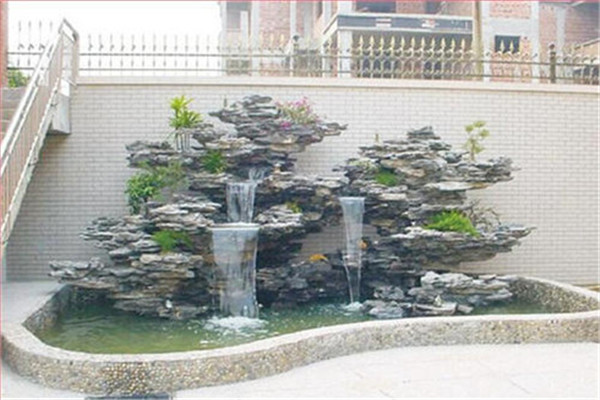
Relief is a kind of sculpture. The sculptor carves the image he wants to shape on a flat plate, making it separate from the plane of the original material. Relief is the product of the combination of sculpture and painting. It deals with objects in a compressed way, and displays three-dimensional space by perspective and other factors. It is only for one side or two sides to see. The reliefs are usually attached to another plane, so they are used more in architecture and can be seen on utensils and implements. Due to its compression characteristics, it occupies less space, so it is suitable for decoration in a variety of environments. In recent years, it has played an increasingly important role in urban beautification. The relief is as rich and colorful as the round sculpture in content, form and material. The materials of relief include stone, wood, ivory and metal. The relief is a semi vertical sculpture whose image shape protrudes from the stone surface (as opposed to the relief). According to the different depth of stone removal in image modeling, it can be divided into low relief and high relief. The bas reliefs are single level statues with relatively simple contents; The high relief is a multi-level statue with complicated contents. The carving technique and expression style of relief are basically the same as those of round sculpture. Many ancient and modern large-scale memorial buildings, high-end mansions and private houses are equipped with such decorations. Their main works are wall blocks, flower windows, dragon columns (early) and column bases.
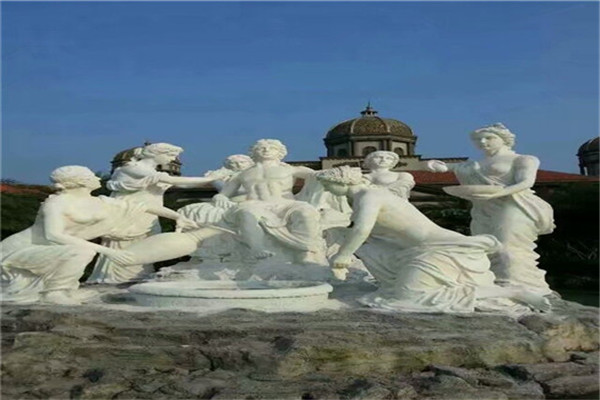
Marble, granite, Hui'an stone, Qingtian stone, Shoushan stone, Guicui stone and other materials are generally used for stone carving. Granite and marble are suitable for carving large statues; Qingtian stone and Shoushan stone are rich in color, which are more suitable for small stone carvings. There are many ways to make stone carvings. According to the nature of stone materials and the habits of the carvers, stone carvings can be roughly divided into two types: first, traditional methods. Conception, composition, modeling and stone carving are all done by individuals alone. For large-scale carving of lines, the horizontal and vertical lines shall be drawn on the stone, the grid shall be made to take materials, and the simple measurement and positioning method shall be used for carving. The second is to adopt a new process, that is, first make a clay sculpture, turn it into a plaster statue, then take the plaster statue (model) as the basis, rely on the point shaped instrument, and then carve it into a stone statue.
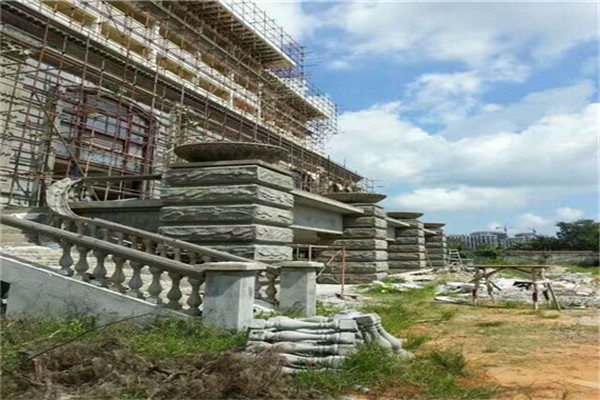
Jade carving, commonly known as jade ware, has a long history. Jade pendants appeared in China during the Neolithic Period, and the jade carving skills of the Shang Dynasty were relatively mature. There are dozens of jade carving materials, such as white jade, jasper, sapphire, black jade, jadeite, crystal, agate, topaz, single jade, Xiuyu, etc. Because the jade itself is fine, hard and warm, or white as cream, or green and green, bright and lovely color, suitable for making valuable decorations. As for the production of jade, most people think it is carved with a carving knife, but it is not. The jade is hard, and the carving knife cannot cut it into it. Instead, it is polished by various shapes of drill bits, emery and water, depending on the shape of the work. Therefore, it takes a long time to complete a jade carving.
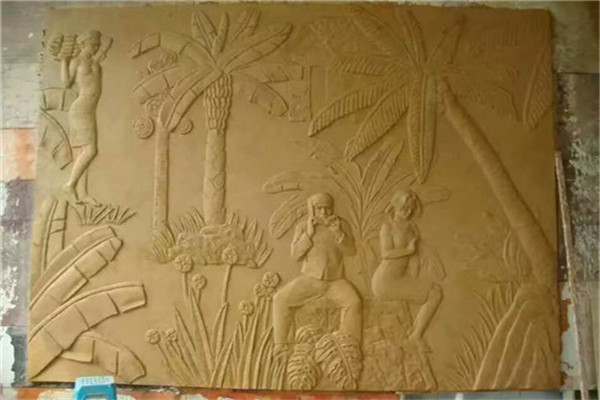
Exterior wall insulation decorative board is also called exterior wall insulation board, exterior wall board, metal curtain wall board, etc. It is a kind of exterior wall thermal insulation decorative wallboard made of high-quality galvanized sheet with color coating printing and thermal insulation materials. Baoting Sculpture hand painting It is also a kind of new exterior wall external insulation board, which changes the disadvantages of single decoration color and no insulation layer in the past. The external thermal insulation system of thermal insulation decorative plate is an external thermal insulation technology that has developed very rapidly in recent years, cost performance Sculpture hand painting It has the advantages of controllable on-site quality, cycle saving and very beautiful curtain wall effect. Now, more and more public buildings and high-grade residential buildings are using the external thermal insulation technology of thermal insulation decorative panels. Various regions are also constantly issuing standards and guidance documents for the thermal insulation decorative board system, which is good news for the development of thermal insulation decorative board products.





